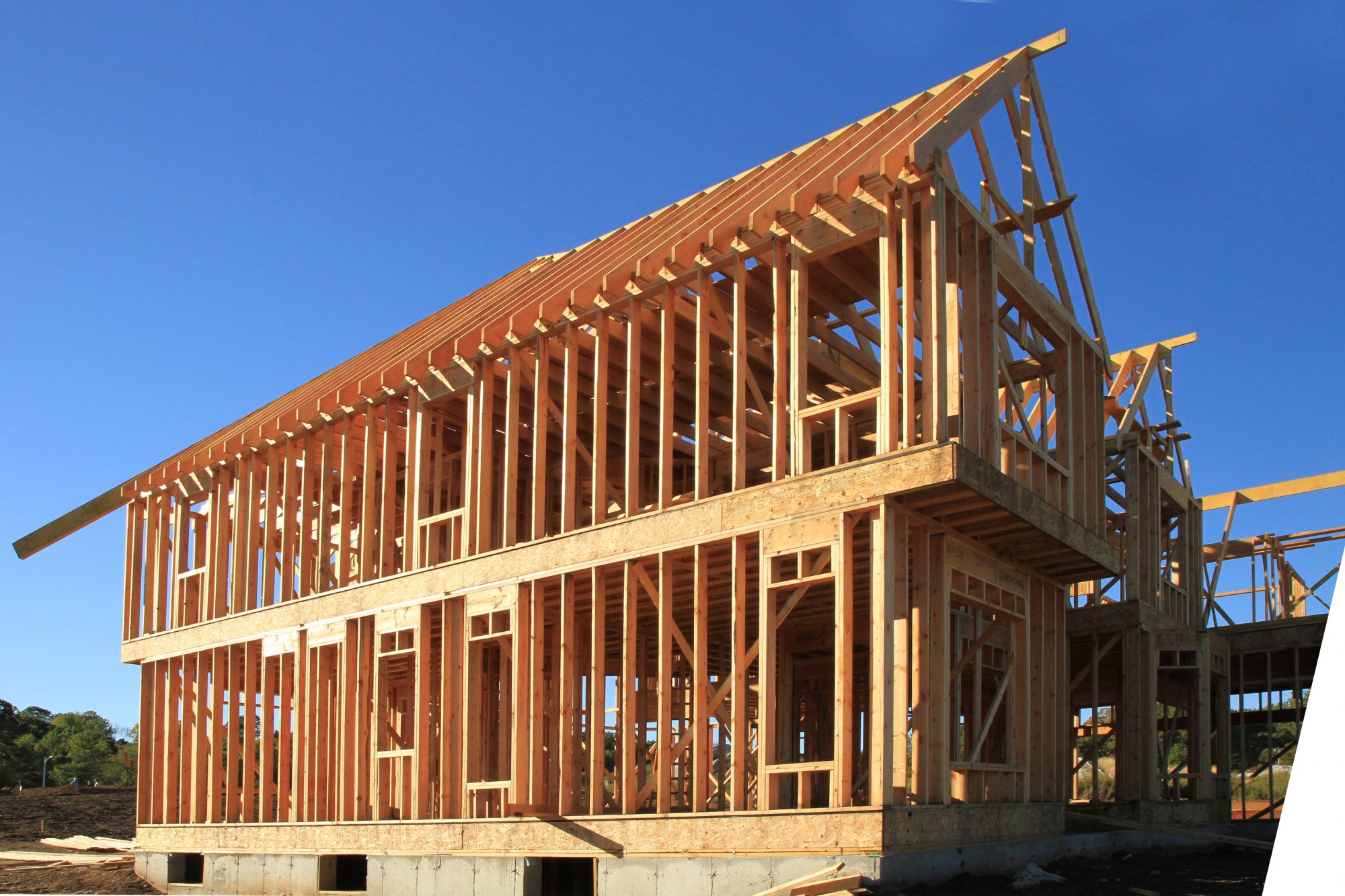Discover how timber frame construction is transforming the UK housing market with sustainable, energy-efficient builds that slash construction times by 30%
Understanding Modern Timber Frame Construction
The evolution of timber frame construction in Britain represents a remarkable journey from traditional building methods to cutting-edge engineering solutions. Modern timber frame construction has emerged as a sophisticated building system that combines centuries-old woodworking principles with advanced manufacturing techniques. Today’s timber frames utilise precision-engineered components, primarily manufactured off-site in controlled environments, ensuring exceptional quality and structural integrity. Recent industry data shows that timber frame construction now accounts for 28% of new housing starts in the UK, marking a significant shift in construction preferences.
The Core Components
- Structural Framework: High-grade engineered timber posts and beams forming the primary load-bearing structure
- Precision Joints: Advanced mortise and tenon connections, enhanced with modern engineering techniques
- Insulation Systems: Factory-fitted high-performance materials integrated within wall panels
- External Cladding: Various options including brick, timber, and contemporary materials
- Internal Finishing: Flexible options for interior walls and aesthetic elements
Manufacturing Precision
The manufacturing process for timber frame components represents a quantum leap in construction precision. In state-of-the-art facilities across the UK, computer-aided design (CAD) and computer-aided manufacturing (CAM) systems ensure components are cut to millimetre-perfect specifications. Quality control measures typically achieve accuracy rates of 99.8%, significantly reducing on-site errors and adjustments. This level of precision enables rapid assembly and ensures consistent performance across all building elements.
The Environmental Impact Revolution
Timber frame construction stands at the forefront of sustainable building practices in the UK. As the construction industry faces increasing pressure to reduce its environmental impact, timber frames offer a compelling solution. Studies show that timber frame buildings can reduce carbon emissions by up to 40% compared to traditional construction methods. The renewable nature of timber, combined with its natural carbon-sequestering properties, makes it an environmentally responsible choice for modern construction projects.
Carbon Footprint Reduction
- Carbon Storage: Each cubic metre of timber locks away approximately 0.9 tonnes of CO2
- Reduced Transport Emissions: Lighter materials require less fuel for transportation
- Minimal Waste: Factory production reduces waste by up to 40% compared to site-built construction
- Renewable Resource: UK-sourced timber from managed forests supports local sustainability
Energy Efficiency Benefits
The superior thermal performance of timber frame construction delivers significant energy efficiency advantages. Modern timber frames incorporate high-performance insulation materials within their structure, achieving U-values as low as 0.15 W/m²K. Homeowners typically report heating cost reductions of 25-30% compared to traditional brick and block construction. This enhanced thermal efficiency not only reduces energy bills but also contributes to the UK’s carbon reduction targets.
Speed and Efficiency Advantages
One of the most compelling advantages of timber frame construction is its remarkable speed of assembly. Construction timelines are typically reduced by 30% compared to traditional methods, with some projects reporting even greater time savings. This acceleration in build times has significant implications for project costs, return on investment, and the ability to meet housing demand more effectively.
Streamlined Site Assembly
- Rapid Assembly: Most timber frame structures can be erected within 2-3 days
- Reduced Labour Requirements: Up to 20% fewer on-site workers needed
- Minimised Site Impact: Less heavy machinery and groundwork required
- Faster Project Completion: Average 12-week reduction in overall project timelines
Weather Independence
Off-site manufacturing significantly reduces weather-related delays, a crucial advantage in the British climate. Factory production continues regardless of external conditions, and on-site assembly can proceed in most weather conditions. Project managers report up to 70% fewer weather-related delays compared to traditional construction methods.
Cost Implications for British Homeowners
While initial costs for timber frame construction may be marginally higher than traditional methods, the long-term financial benefits are substantial. Analysis shows that timber frame homes can achieve lifetime cost savings of up to £25,000 through reduced energy consumption and maintenance requirements. The rapid construction timeline also means reduced financing costs and earlier occupancy potential.
Initial Investment vs Long-term Returns
- Energy Savings: Average annual heating cost reduction of £450-£600
- Maintenance Benefits: 15-20% lower maintenance costs over building lifetime
- Construction Finance: Reduced interest payments due to shorter build time
- Insurance Benefits: Many insurers offer preferential rates for timber frame properties
Property Value Impact
Timber frame homes consistently demonstrate strong market appreciation. Recent market analysis indicates that timber frame properties command a 5-10% premium over equivalent traditional builds, particularly in areas where environmental consciousness is high. The superior energy performance and environmental credentials increasingly influence buyer decisions and property valuations.
The Future of British Housing
The trajectory of timber frame construction in the UK housing market shows no signs of slowing. Industry forecasts predict that timber frame construction will account for 35% of new housing starts by 2025. This growth is driven by increasing environmental regulations, the need for faster construction methods, and growing consumer awareness of sustainable building practices.
Making the Switch: Practical Considerations
For those considering timber frame construction, understanding the practical aspects is crucial. The process requires careful planning and collaboration with experienced professionals. Successful projects typically begin with a 3-6 month planning phase, ensuring all aspects of design, regulations, and construction are properly coordinated.
Planning and Regulations
- Building Regulations: Compliance with Part L and fire safety requirements
- Planning Permission: Generally similar to traditional construction requirements
- Warranty Providers: Major warranty providers now readily accept timber frame construction
- Insurance Considerations: Specialist policies may offer better coverage
Finding Qualified Contractors
Selecting the right contractor is crucial for timber frame projects. Look for membership in recognised industry bodies such as the Structural Timber Association and verify experience with similar projects. The UK currently has over 400 certified timber frame specialists, but demand often exceeds availability in some regions. Early contractor engagement is essential for project success.
FAQ
Why are timber frame homes so expensive?
Timber frame homes typically cost more to build than a 2×4 “stick built” home. The reasons for this include the cost of a high quality wood timber frame (versus inexpensive wood studs), superior insulation, and the typical use of expansive glass areas.
What is the most common defect in timber?
Knots. As one of the most common defects in timber, knots occur when branches die off and the bases become enclosed by a second layer of wood. Though this is considered a defect, knots in wood can create an interesting visual and are commonly seen in hardwood floors.
Do timber frame houses crack?
To summarize – checks and cracking are a natural part of timber frame buildings and add character and uniqueness to your structure. They do not compromise structural integrity and will most likely close or shrink as the timber dries over time.
What is the problem with timber frames?
Timber framed buildings are particularly vulnerable to both wood rot and woodworm beetles. Structural defects are common for timber framed properties meaning that they are also vulnerable to damp problems.
Should you buy a timber frame house?
Timber frame homes can often require a bit more attention and upkeep in comparison to other methods. Wood is a natural, organic material and therefore can be prone to problems that other human-manufactured materials are not. One example of this is that timber can be more susceptible to moisture or rot.
Sources
[1] https://timberframehq.com/timber-framing-101/
[2] https://www.carolinatimberworks.com/what-is-a-timber-frame/
[3] https://www.youtube.com/watch?v=3m4xtUk-iEA


Leave a Reply